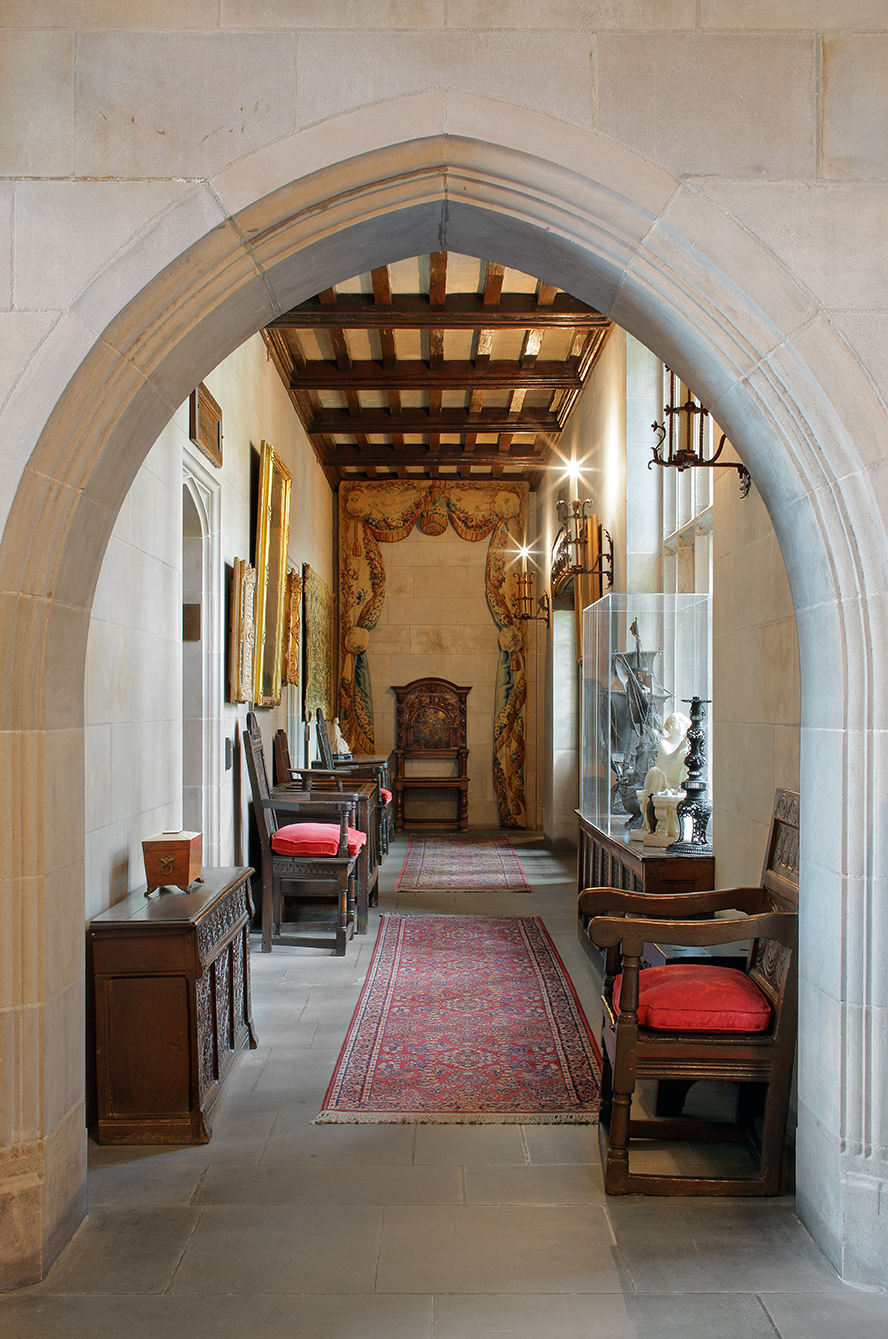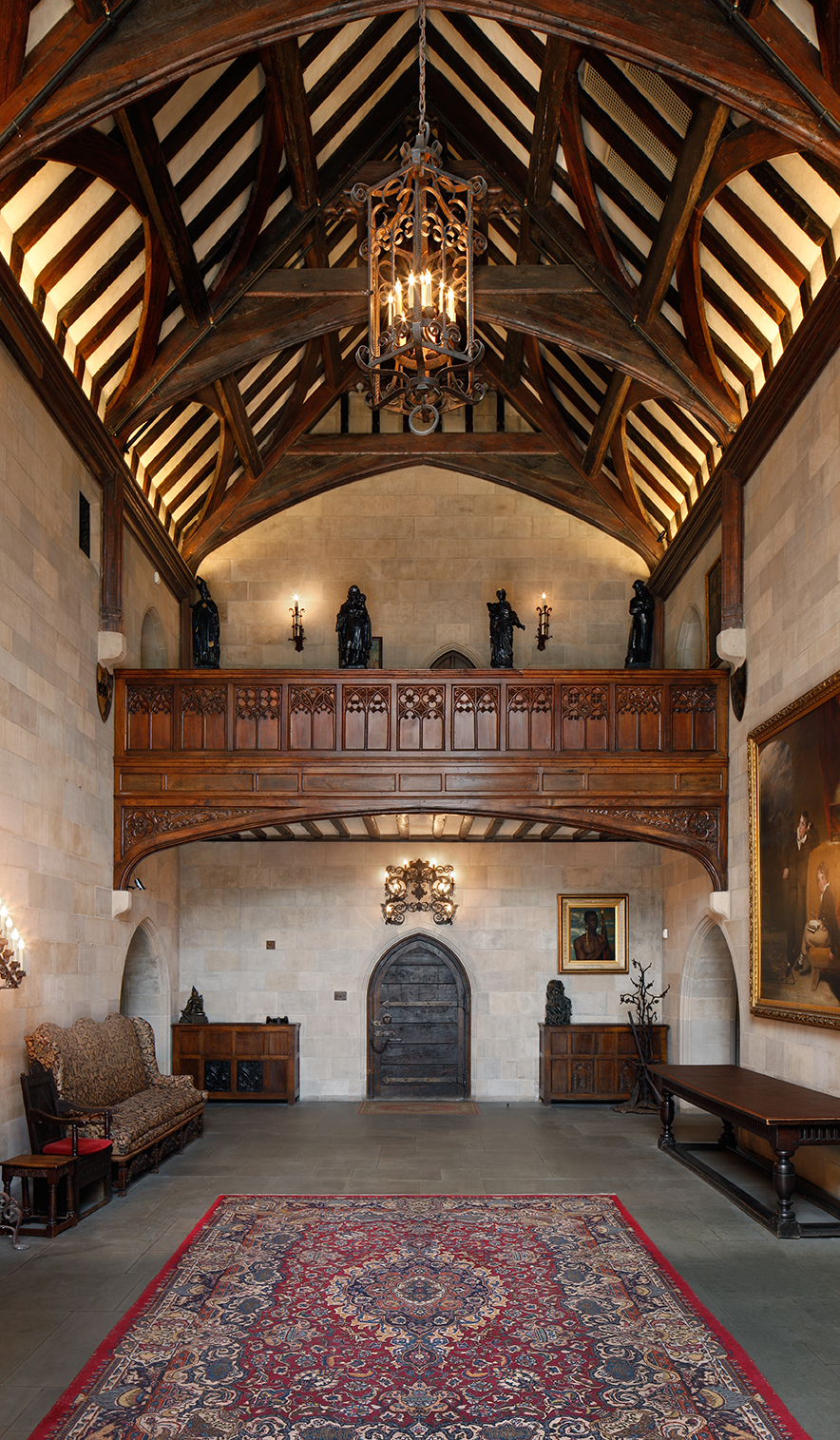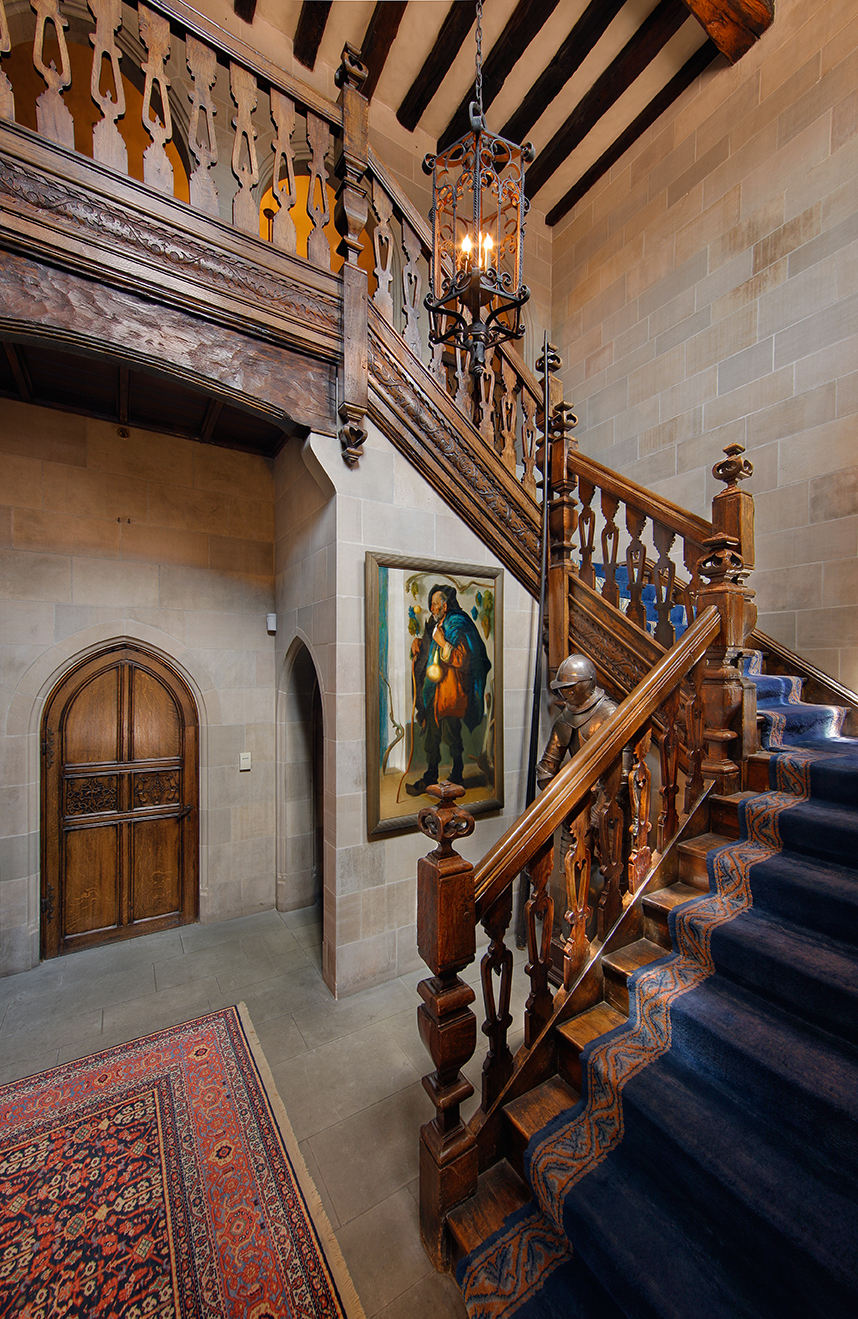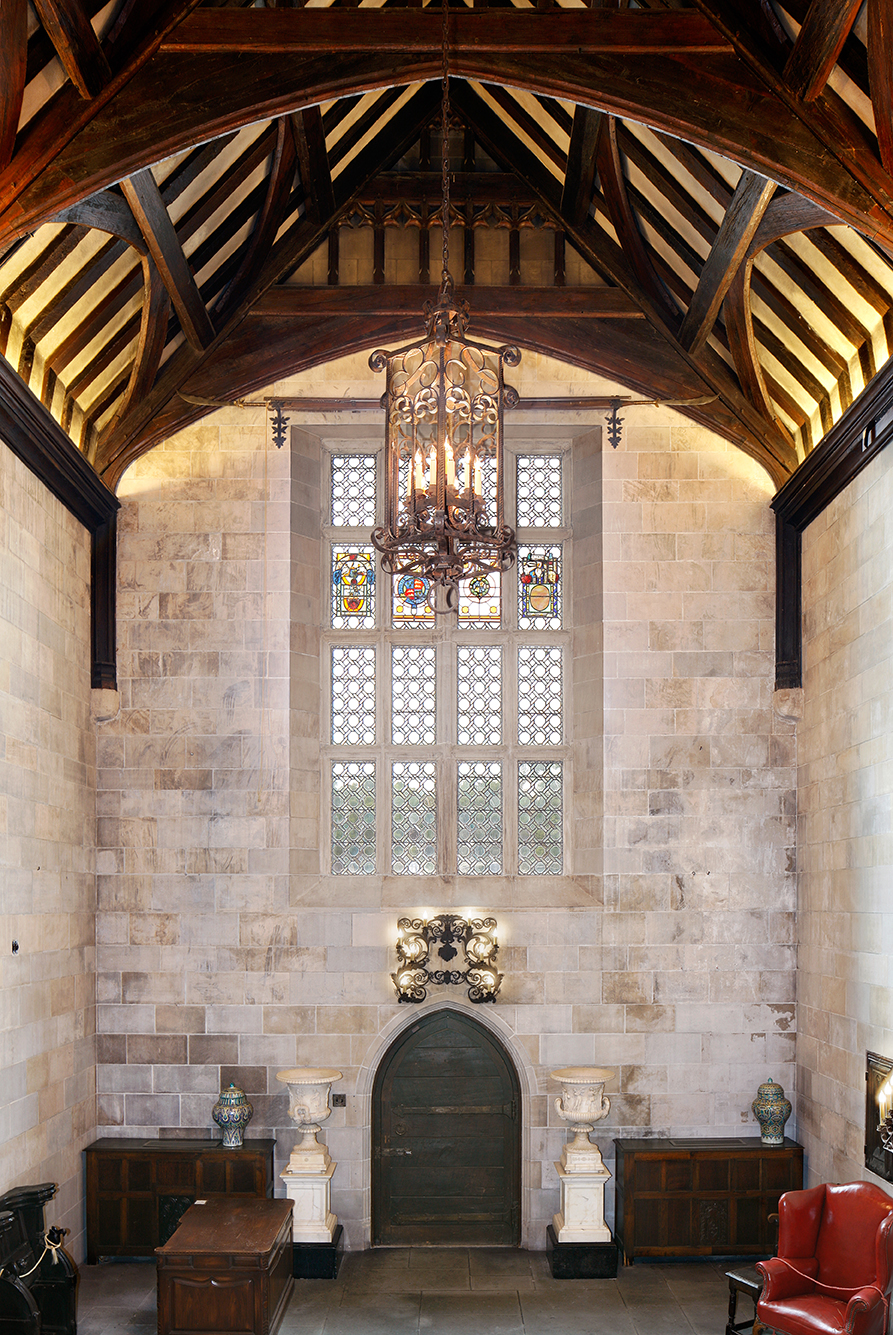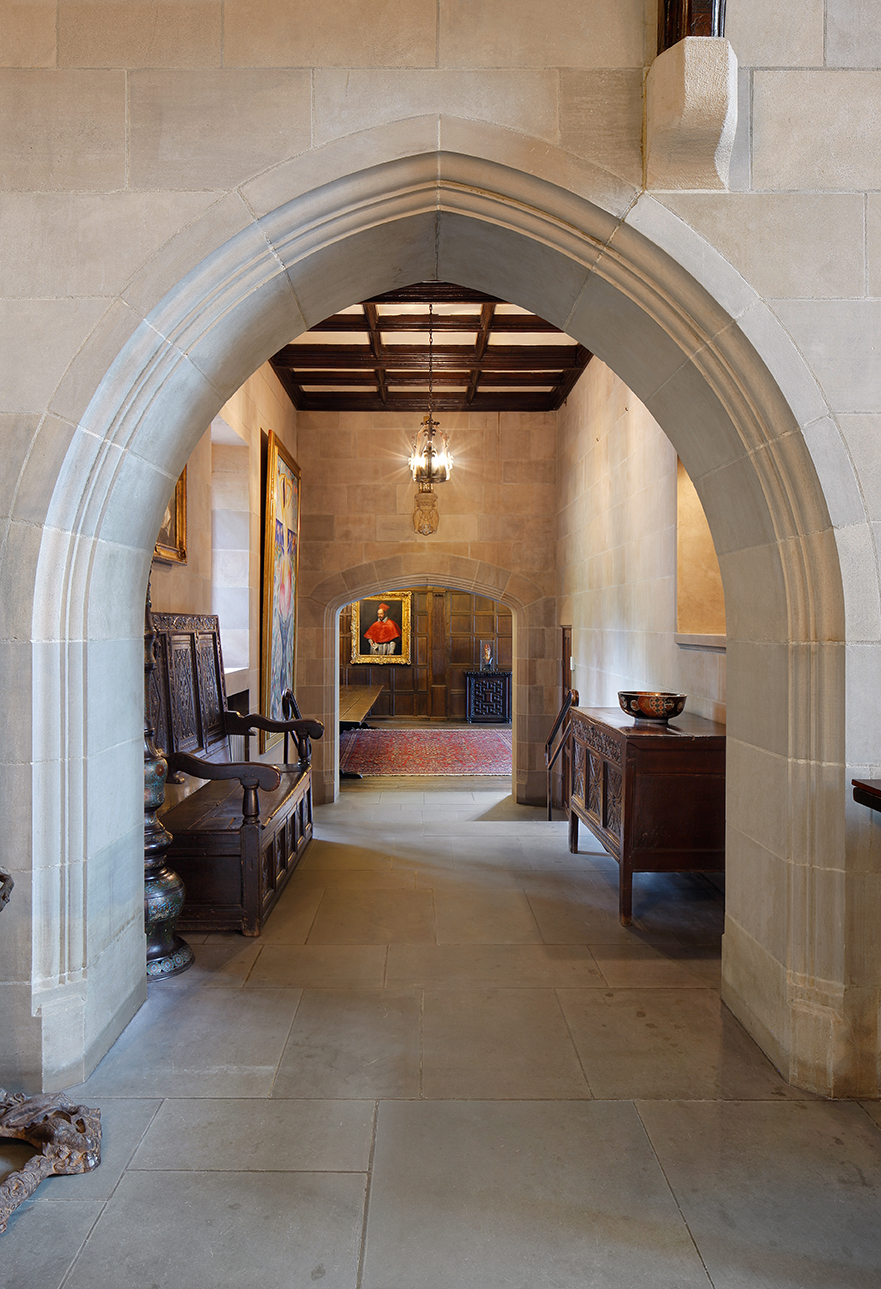The Salisbury House
This historic house museum, built in the 1920’s for pioneer cosmetics magnate Carl Weeks and his wife Edith, has undergone extensive restoration work since 2000. Initial work to secure the building envelope and protect the house with new mechanical, electrical, fire safety, and security systems were both imperative before interior restoration could begin. With those phases of work completed, water intrusion and leaks have all been eliminated, making interior conservation work finally possible.
This project specifically addresses conserving the limestone wall surfaces prevalent in the main circulation spaces and the house’s Great Hall. Assessment and testing work was done in 2007 to determine appropriate methods and products, with the time elapsed used to monitor long-term conditions and effectiveness of those conservation methods deemed most successful. It was determined that the gentlest products and methods were most applicable, and thus a clay poultice with no acidic content and extremely minimal alkalinity was the clear choice. An added benefit of this material was its completely non-toxic nature, with no odor or off-gas produced, and ability to return the dried clay product to the ground with absolutely no harmful environmental impact.
Implementing the actual conservation of the limestone took careful planning to protect all non-affected historic elements, such as 16th century wood trusses and fireplaces, as well as numerous museum collection pieces, including original tapestries and artwork. Custom water collection systems were devised by the contractor to ensure that the house and its collections were protected throughout the work. Clay poultices were applied to every stone surface, including decorative carved stone windows and details, in carefully established thicknesses and sequencing. The poultice extracted dirt, suit, stains, and salts deposited over 90 years in a manner similar to a facial. Exact durations for the poultice to remain on the stone, as determined by the prior testing, were executed with careful precision.
While the conservation process was underway, museum tours and educational programming continued. The foundation maximized this opportunity for the public and students to witness conservation work in progress and used it as a unique educational opportunity. The result of the project has been a transformation of the impressive stone lined spaces, unveiling the lost character of the original home and revitalizing museum spaces, while adding to the foundations programming mission and outreach to the community.
